Top Factors to Weigh When Selecting Automotive Paints for Your Vehicle
When it comes to giving your vehicle a fresh look or restoring its original shine, choosing the right automotive paint is crucial. The options are vast and can be overwhelming. You want something that not only enhances aesthetics but also stands up to the test of time and elements. Whether you’re a DIY enthusiast or planning a professional job, understanding what factors matter most can make all the difference in achieving that flawless finish. Let’s break down the top considerations for selecting automotive paints that will transform your ride into a head-turner on every street corner.
Type of Paint and Finish Desired
The type of paint you choose plays a big role in the final look of your vehicle. There are several options available, each offering unique finishes and characteristics. Acrylic enamel is popular for its glossy finish and ease of application. It dries quickly and provides decent protection against UV rays. If you’re after something more durable, consider polyurethane-based paints. These offer superior resistance to chemicals and scratches, making them ideal for vehicles exposed to harsh conditions. For those who love customization, specialty paints like metallic or pearlescent can add depth and shimmer. They catch the light beautifully, giving your car an eye-catching quality on the road. Matte finishes have also gained popularity recently. They provide a modern look but require special care to maintain their appearance over time. Your choice will ultimately set the tone for how you want your vehicle to stand out from the crowd.
Durability and Weather Resistance
Durability is a critical factor when choosing automotive paints. Your vehicle faces various environmental challenges daily, from harsh sunlight to heavy rain and snow. A paint that can withstand these elements will keep your car looking new for longer. Weather resistance goes hand in hand with durability. High-quality automotive paints resist fading, chipping, and peeling over time. This is especially important if you live in an area with extreme weather conditions. Consider UV protection as well. Paints designed to block harmful rays will prevent oxidation and color loss. Additionally, look for options that repel dirt and grime so your vehicle stays cleaner between washes.
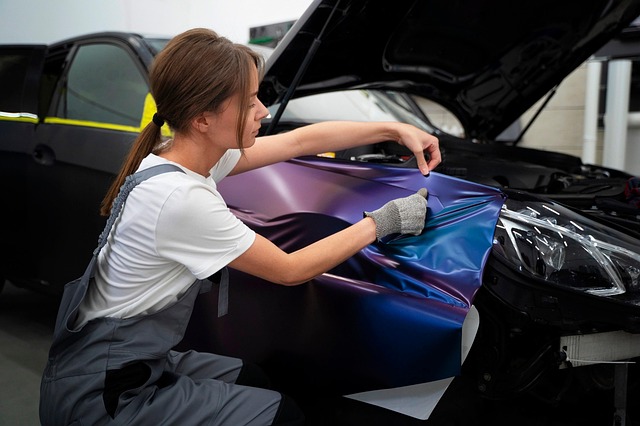
Color Match and Customization Options
Finding the perfect color match for your vehicle is essential. The right shade can enhance its appearance and value. Automotive paints come in a variety of colors, from vibrant hues to subtle metallics. Customization options are another exciting aspect to consider. Many manufacturers offer unique blends and finishes that allow you to express your personal style. Whether you want a glossy, matte, or pearlescent finish, there’s something out there for everyone. Keep in mind that some paint suppliers provide custom mixing services. This means you can create a one-of-a-kind color tailored just for your car. It’s an excellent way to stand out on the road.
Application Method and Complexity
When choosing automotive paint, consider the application method. Different types come with varying requirements that can affect your project. Spray painting offers a smooth finish but demands precision and practice. It’s best suited for those familiar with the technique or willing to learn. Brush-on paints are more forgiving and easier for beginners. They allow you to control coverage but may require more effort for an even look. Consider whether you’ll do it yourself or hire a professional. DIY projects can save money but might take longer if you’re inexperienced.
Cost and Long-Term Maintenance
When selecting automotive paints, cost is a significant factor that cannot be overlooked. High-quality paint may come with a higher price tag, but it often provides better protection and longevity. Investing in premium products can save you money in the long run. Long-term maintenance also plays a crucial role. Some paints require more frequent touch-ups or reapplications due to wear and tear from UV rays and environmental factors. Choosing durable options means less hassle down the road. Consider how much time you’re willing to dedicate to upkeep. Certain finishes might look stunning initially but could demand extensive care later on. Understanding these aspects will help you make an informed decision that suits both your budget and lifestyle needs. Balancing initial costs with future maintenance requirements can lead to greater satisfaction with your vehicle’s appearance over time. It’s all about finding the right harmony for your specific situation.
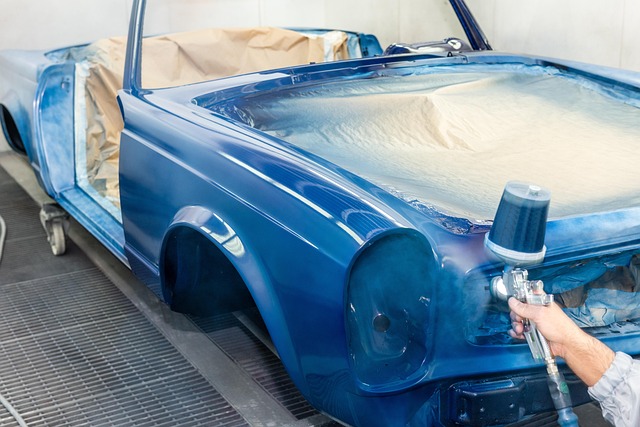
Conclusion
Several factors come into play when selecting the right automotive paint for your vehicle. Understanding the type of paint and finish you desire is essential. Whether you prefer a glossy or matte look can dramatically change your car’s appearance. Durability is another critical aspect. The paint should withstand various weather conditions while maintaining its luster. Look for paints that offer excellent resistance to UV rays, rainfall, and even scratches. Color matching cannot be overlooked either. Customization options can help make your vehicle truly unique. A perfect color match ensures that any repairs blend seamlessly with the existing paintwork. The application method also plays a vital role in your decision-making process. Some paints are easier to apply than others, affecting how much time and effort you’ll need to invest in the project. When making your choice, consider both cost and long-term maintenance. While some high-quality paints may come at a premium price, their longevity can save you money down the line through reduced touch-ups and refinishing needs.

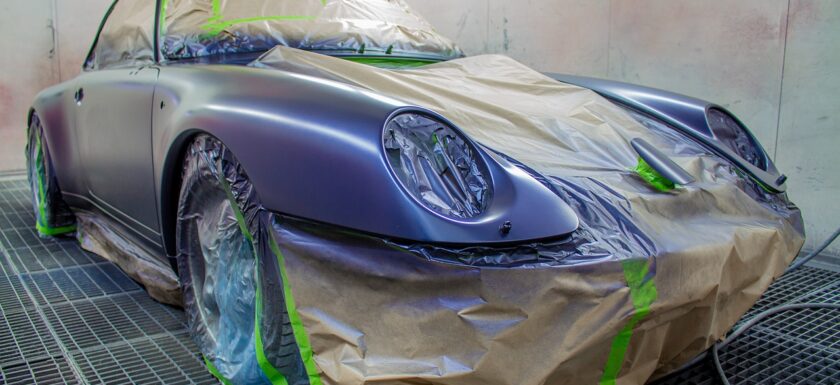
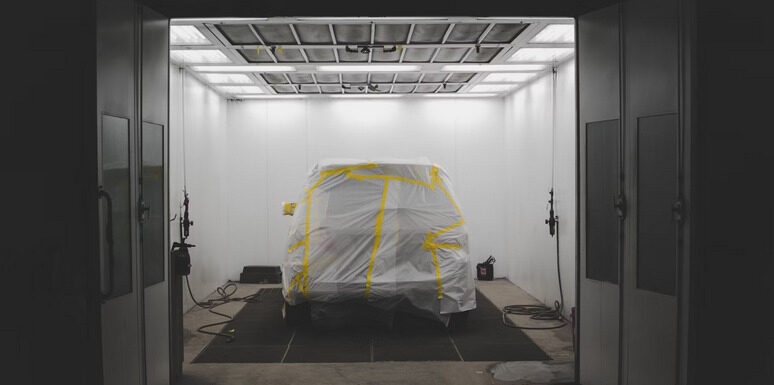
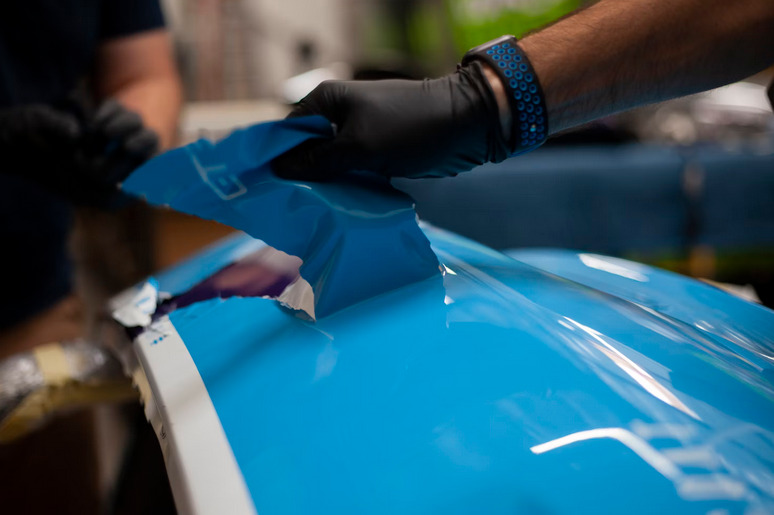
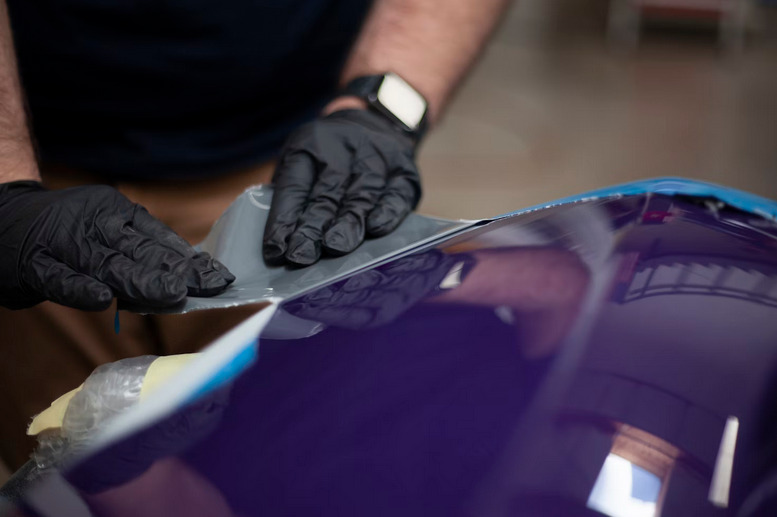
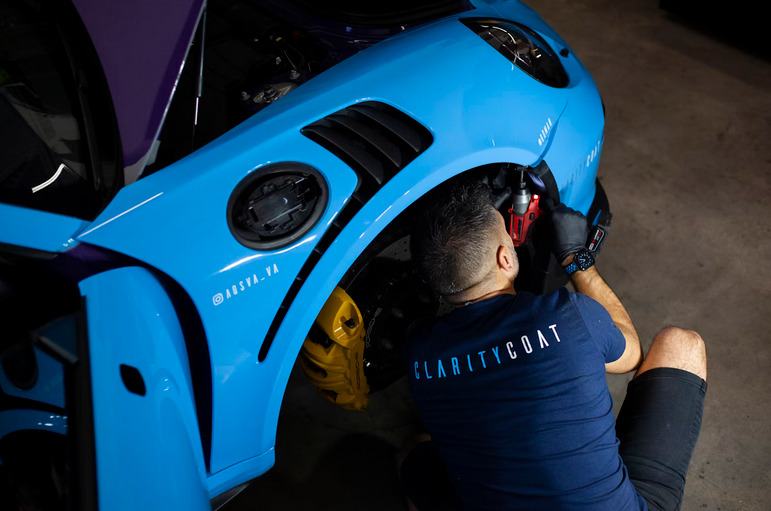
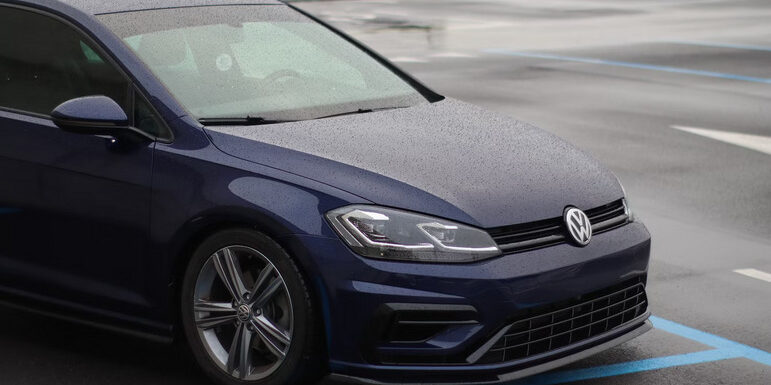
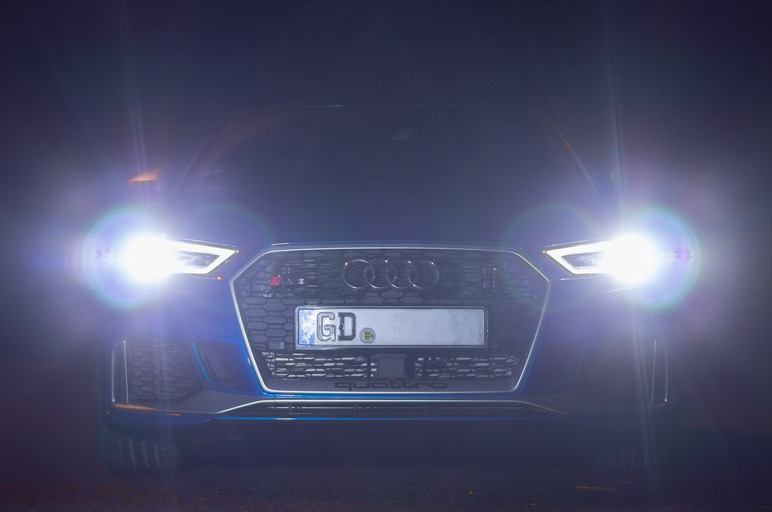
 Decals and vinyl wraps are a fantastic way to give your car a unique and eye-catching look. With endless design options, you can truly personalize your ride and make it stand out. One of the great things about decals and vinyl wraps is their versatility. Whether you want to add racing stripes, flames, or even a full-body graphic, there’s no limit to what you can do. Plus, they’re easy to apply and remove, so you can change up your look whenever you feel like it. Not only do decals and vinyl wraps enhance the appearance of your vehicle, but they also provide an added layer of protection for the original paintwork underneath. This means that not only will your car turn heads with its stunning design, but it will also stay looking as good as new for longer.
Decals and vinyl wraps are a fantastic way to give your car a unique and eye-catching look. With endless design options, you can truly personalize your ride and make it stand out. One of the great things about decals and vinyl wraps is their versatility. Whether you want to add racing stripes, flames, or even a full-body graphic, there’s no limit to what you can do. Plus, they’re easy to apply and remove, so you can change up your look whenever you feel like it. Not only do decals and vinyl wraps enhance the appearance of your vehicle, but they also provide an added layer of protection for the original paintwork underneath. This means that not only will your car turn heads with its stunning design, but it will also stay looking as good as new for longer.
 It may seem obvious, but many drivers underestimate just how dangerous it can be to maintain their regular speed in wet conditions. Reducing your speed when driving in heavy rain is vital for several reasons. First and foremost, it allows you more time to react to any unexpected hazards that may arise. Wet roads are slippery, and sudden stops or turns become much more challenging. By slowing down, you give yourself a better chance of avoiding accidents. Additionally, reducing your speed helps minimize the risk of hydroplaning.
It may seem obvious, but many drivers underestimate just how dangerous it can be to maintain their regular speed in wet conditions. Reducing your speed when driving in heavy rain is vital for several reasons. First and foremost, it allows you more time to react to any unexpected hazards that may arise. Wet roads are slippery, and sudden stops or turns become much more challenging. By slowing down, you give yourself a better chance of avoiding accidents. Additionally, reducing your speed helps minimize the risk of hydroplaning. In low visibility conditions, such as during a downpour, turning on your headlights becomes crucial. Headlights not only help you see the road ahead more clearly but also make your vehicle more visible to others. By illuminating the road in front of you, they allow you to spot potential hazards or obstacles early on and react accordingly. Additionally, having your headlights on helps other drivers see you from a distance. In heavy rainstorms, when visibility is reduced for everyone on the road, it’s important to do everything possible to ensure that other drivers can see your vehicle.
In low visibility conditions, such as during a downpour, turning on your headlights becomes crucial. Headlights not only help you see the road ahead more clearly but also make your vehicle more visible to others. By illuminating the road in front of you, they allow you to spot potential hazards or obstacles early on and react accordingly. Additionally, having your headlights on helps other drivers see you from a distance. In heavy rainstorms, when visibility is reduced for everyone on the road, it’s important to do everything possible to ensure that other drivers can see your vehicle.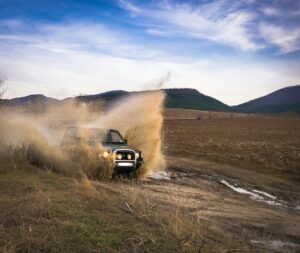 Driving through puddles or standing water can result in hydroplaning. When your tires lose contact with the road due to a layer of water, you have little control over your vehicle and are at risk of skidding or spinning out of control. This is especially hazardous on highways or high-speed roads where other vehicles are present. Splashing through puddles can create poor visibility for yourself and other drivers around you. The spray from the water can obstruct vision and make it difficult to see clearly. This increases the chances of accidents occurring as others may not be able to react quickly enough to your presence on the road.
Driving through puddles or standing water can result in hydroplaning. When your tires lose contact with the road due to a layer of water, you have little control over your vehicle and are at risk of skidding or spinning out of control. This is especially hazardous on highways or high-speed roads where other vehicles are present. Splashing through puddles can create poor visibility for yourself and other drivers around you. The spray from the water can obstruct vision and make it difficult to see clearly. This increases the chances of accidents occurring as others may not be able to react quickly enough to your presence on the road.
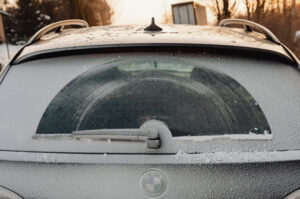 The first cause of windshield wiper damage is debris accumulation. During normal use, small pieces of dirt and dust can accumulate on the surface of the rubber blades, causing them to become stiffer and less effective over time. This can cause streaks to appear on your windshield during rain or snow, reducing visibility and potentially affecting your ability to drive safely. To avoid this problem, it is essential to clean your windshield wipers regularly. You can do this by using a microfiber cloth and warm water. Many car owners do this to prevent their windshield wipers from becoming damaged.
The first cause of windshield wiper damage is debris accumulation. During normal use, small pieces of dirt and dust can accumulate on the surface of the rubber blades, causing them to become stiffer and less effective over time. This can cause streaks to appear on your windshield during rain or snow, reducing visibility and potentially affecting your ability to drive safely. To avoid this problem, it is essential to clean your windshield wipers regularly. You can do this by using a microfiber cloth and warm water. Many car owners do this to prevent their windshield wipers from becoming damaged.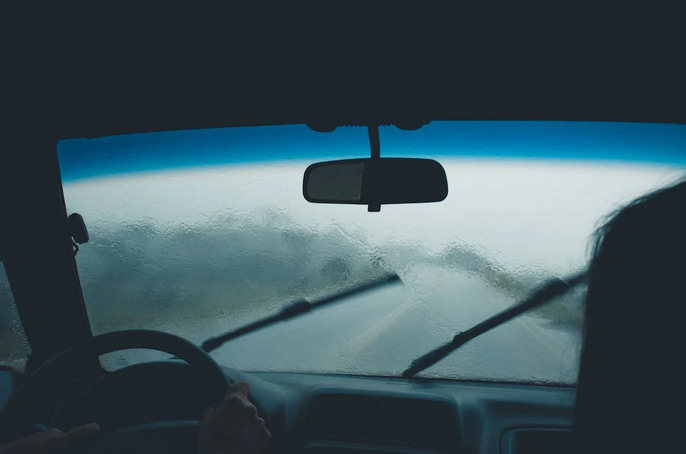
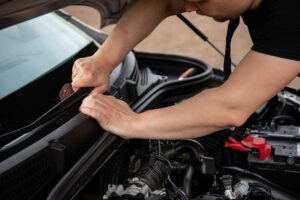 The third cause of windshield wiper damage is poor maintenance. This can be caused by various factors, including not cleaning them regularly or using the wrong type of wiper fluid. It is important to ensure that you clean your blades regularly and replace any worn ones as soon as possible. Additionally, you should check the instructions on your wiper blade cleaner solution and ensure that you use the correct type of fluid for your car. This will help to ensure that your wiper blades are in proper working condition and can provide you with maximum visibility during rainy or snowy conditions. If your wiper blades are not performing as well as they should be, other issues may need to be addressed.
The third cause of windshield wiper damage is poor maintenance. This can be caused by various factors, including not cleaning them regularly or using the wrong type of wiper fluid. It is important to ensure that you clean your blades regularly and replace any worn ones as soon as possible. Additionally, you should check the instructions on your wiper blade cleaner solution and ensure that you use the correct type of fluid for your car. This will help to ensure that your wiper blades are in proper working condition and can provide you with maximum visibility during rainy or snowy conditions. If your wiper blades are not performing as well as they should be, other issues may need to be addressed.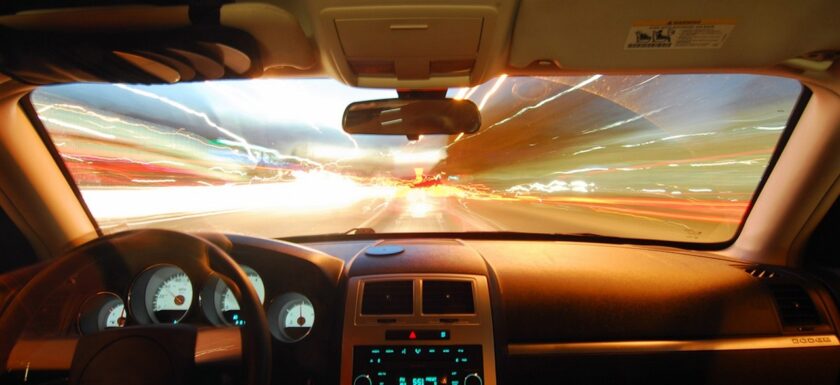
 One way to minimize the risk of replacing your windshield is installing a protection film. This thin layer of plastic material is designed to absorb impact, so it can help protect against chips and cracks caused by debris, rocks, or hail. The protection film should be applied professionally to ensure that it adheres correctly and offers maximum protection. If you are interested, consider checking the windshield replacement tempe. They are known to provide quality services. In fact, many people are known to get their windshield protection films installed from them.
One way to minimize the risk of replacing your windshield is installing a protection film. This thin layer of plastic material is designed to absorb impact, so it can help protect against chips and cracks caused by debris, rocks, or hail. The protection film should be applied professionally to ensure that it adheres correctly and offers maximum protection. If you are interested, consider checking the windshield replacement tempe. They are known to provide quality services. In fact, many people are known to get their windshield protection films installed from them.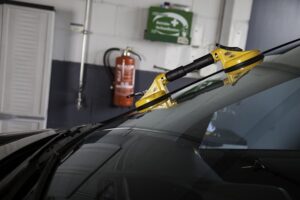 Lastly, it’s essential to inspect your windshield regularly to catch any small problems before they become major ones. Look for signs of chips, cracks, or discoloration and make sure to address any issues immediately before they worsen. In some cases, a simple repair can be enough to prevent the need for a full windshield replacement. Some car owners inspect their windshields every single time they fill up with gas, while others may need to do it once a month or even less often. What works best for you will depend on your particular vehicle and driving habits.
Lastly, it’s essential to inspect your windshield regularly to catch any small problems before they become major ones. Look for signs of chips, cracks, or discoloration and make sure to address any issues immediately before they worsen. In some cases, a simple repair can be enough to prevent the need for a full windshield replacement. Some car owners inspect their windshields every single time they fill up with gas, while others may need to do it once a month or even less often. What works best for you will depend on your particular vehicle and driving habits.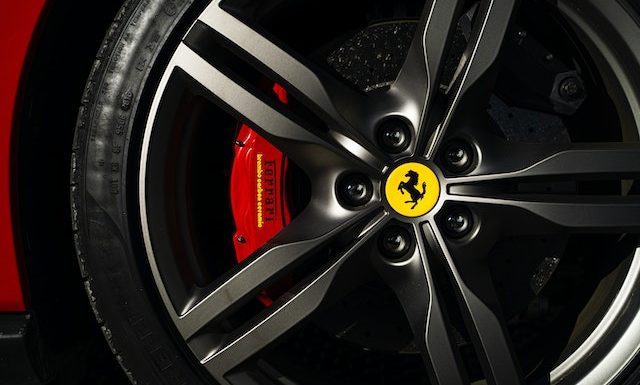
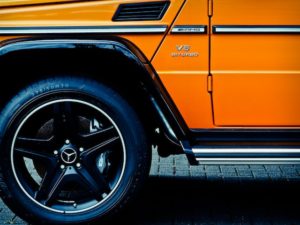 Car rims are available in various materials, including steel, aluminum alloy, chrome-plated steel, and magnesium alloy. Steel is the most common material used for car rims and provides a good balance of strength, weight, durability, and affordability. Aluminum alloy is lighter and stronger than steel but is more expensive. Chrome-plated steel gives the rim a shiny finish but is susceptible to rust over time. Magnesium alloy rims are the lightest and strongest but also the most expensive.
Car rims are available in various materials, including steel, aluminum alloy, chrome-plated steel, and magnesium alloy. Steel is the most common material used for car rims and provides a good balance of strength, weight, durability, and affordability. Aluminum alloy is lighter and stronger than steel but is more expensive. Chrome-plated steel gives the rim a shiny finish but is susceptible to rust over time. Magnesium alloy rims are the lightest and strongest but also the most expensive.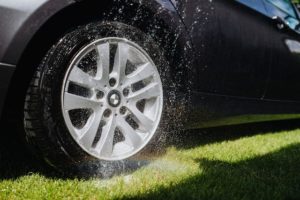 When selecting rims for your car, there are several factors to consider beyond size. Be sure to look at the offset or backspacing of the rims, which will determine how close they sit to the fender of your car. Additionally, you should ensure that the rim’s bolt pattern is compatible with your vehicle. Finally, consider the style of the rim you prefer.
When selecting rims for your car, there are several factors to consider beyond size. Be sure to look at the offset or backspacing of the rims, which will determine how close they sit to the fender of your car. Additionally, you should ensure that the rim’s bolt pattern is compatible with your vehicle. Finally, consider the style of the rim you prefer.
 If you’re a car guy living in a cold climate, then you know that one of the worst things for your car is ice. It’s not just the fact that it can make your car look bad, but it can also cause serious damage to your paint. Ice can chip away at your paint and even cause rust. So if you’re driving in freezing temperatures, take care of your car and avoid any ice buildup. A pro tip: use a hair dryer to melt any ice on your car before driving.
If you’re a car guy living in a cold climate, then you know that one of the worst things for your car is ice. It’s not just the fact that it can make your car look bad, but it can also cause serious damage to your paint. Ice can chip away at your paint and even cause rust. So if you’re driving in freezing temperatures, take care of your car and avoid any ice buildup. A pro tip: use a hair dryer to melt any ice on your car before driving. Another everyday thing that can damage your paint is dust. Dust can scratch your paint if it’s left there for too long. And if you live in a dusty area, you know it’s impossible to avoid. The best way to deal with this is to wash your car regularly and dry it off completely. You should also wax your car to create a barrier between the dust and your paint.
Another everyday thing that can damage your paint is dust. Dust can scratch your paint if it’s left there for too long. And if you live in a dusty area, you know it’s impossible to avoid. The best way to deal with this is to wash your car regularly and dry it off completely. You should also wax your car to create a barrier between the dust and your paint.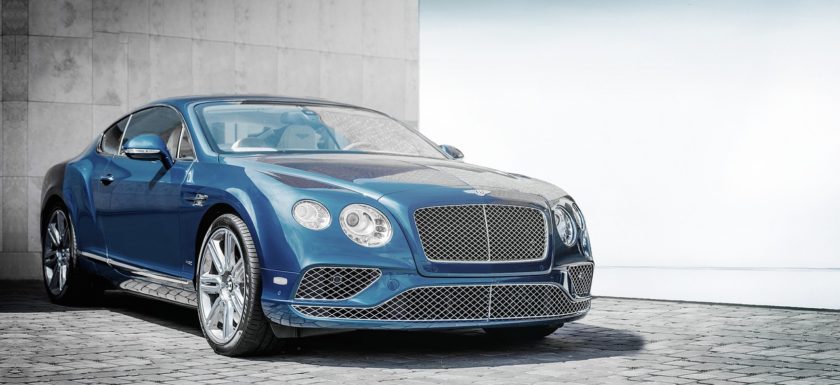
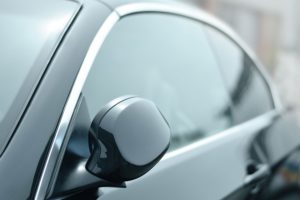 The first car upgrade you should consider is window tinting. Window tinting can greatly improve your car’s look – but it also has some practical benefits. Tinted windows help keep your car cooler in the summer, and they can also provide privacy and security. There are many types of window tints available, but ceramic window tint is the most popular among car owners. If you are confused about what type of window tint to get, ask your local car detailer for their opinion. This way, you can make the best decision for your car.
The first car upgrade you should consider is window tinting. Window tinting can greatly improve your car’s look – but it also has some practical benefits. Tinted windows help keep your car cooler in the summer, and they can also provide privacy and security. There are many types of window tints available, but ceramic window tint is the most popular among car owners. If you are confused about what type of window tint to get, ask your local car detailer for their opinion. This way, you can make the best decision for your car.
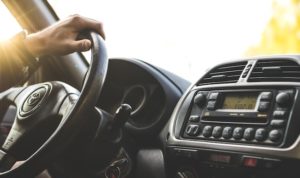 The fourth and final car upgrade you should consider is a new stereo system. If your car’s stereo is starting to sound a bit dated, it might be time for an upgrade. There are many different types of stereos available, so you’ll be sure to find one that suits your needs. You can get a basic stereo system for a relatively low price, or you can spend a bit more and get a top-of-the-line system with all the bells and whistles. Be sure to shop around and compare prices before making your final decision. This way, you will not regret your purchase later on.
The fourth and final car upgrade you should consider is a new stereo system. If your car’s stereo is starting to sound a bit dated, it might be time for an upgrade. There are many different types of stereos available, so you’ll be sure to find one that suits your needs. You can get a basic stereo system for a relatively low price, or you can spend a bit more and get a top-of-the-line system with all the bells and whistles. Be sure to shop around and compare prices before making your final decision. This way, you will not regret your purchase later on.